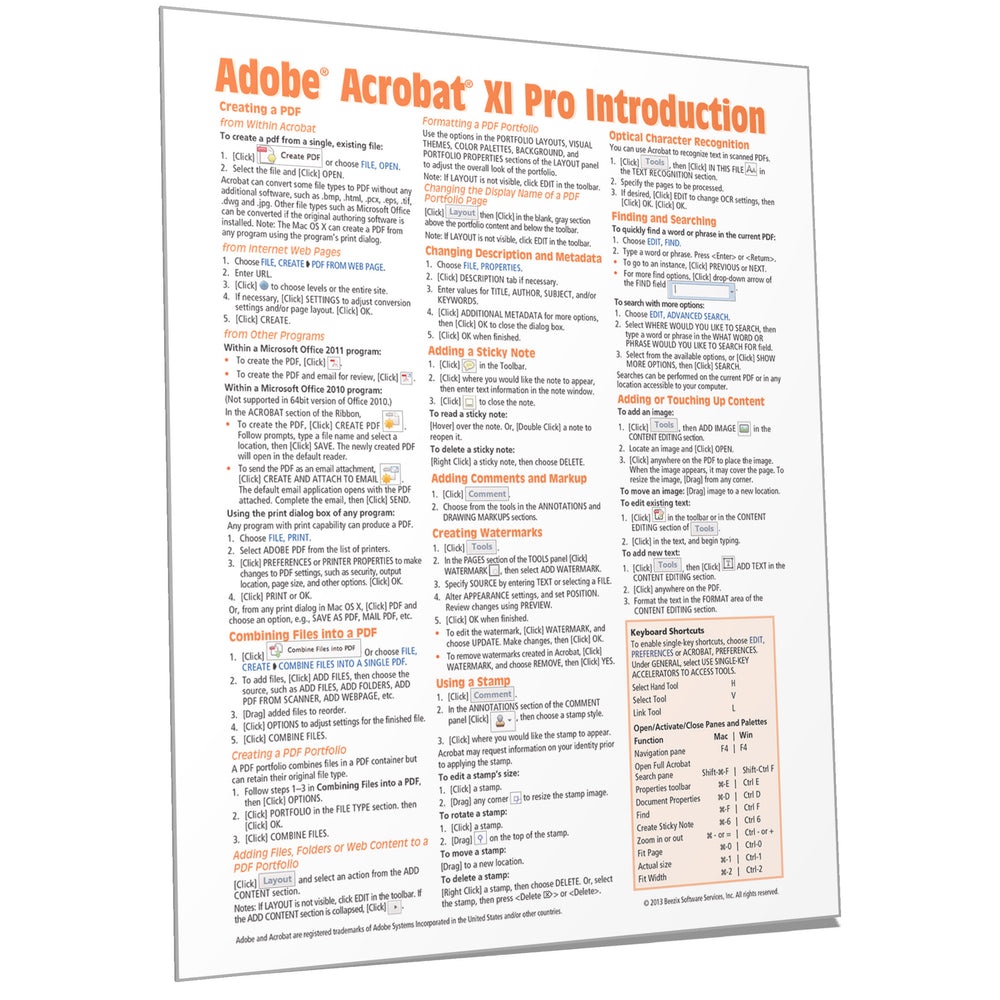

- #Acrobat x pro mac preferences location code#
- #Acrobat x pro mac preferences location professional#
- #Acrobat x pro mac preferences location free#
- #Acrobat x pro mac preferences location windows#
#Acrobat x pro mac preferences location code#
These lines of code add our own custom colors to the color object. Add the following lines anywhere in the config.js file. Just to make things more interesting let’s add some more code to the configuration. Click on it to open the Acrobat JavaScript Reference.

#Acrobat x pro mac preferences location free#
There are also many JavaScript editors available that vary from free to expensive. On Windows, the NotePad tool and on the Mac, the TextEdit tool will suffice. Since Folder Level Scripts are independent JavaScript Files, they have to be created with an external editing tool. But earlier versions of Acrobat (like 6.0) use the raw JavaScript files, so if you can get a hold of an earlier version, even Reader will do, you can find a host of useful functions. You can’t look through it to see what’s in there. Unfortunately, the JSByteCodeWin.bin file is a pre-compiled JavaScript file and it’s unreadable. Since they are Folder Level Scripts, all of the functions and properties they define are available for you to use. These files are distributed with Acrobat and define objects, properties, and functions used by Acrobat. In the "app" folder you’ll find JSByteCodeWin.bin and debugger.js. Ignore the file, Acrobat uses this for its own internal purposes. The globs.js file is where the persistent global variables are stored between Acrobat sessions. In the "user" folder you’ll find the globs.js and files. If you look in both these locations you’ll see there are already some Folder Level scripts included with Acrobat.

#Acrobat x pro mac preferences location windows#
Both folders can be located on any platform by running some code in the JavaScript Console ( Figure 1).įigure 1 JavaScript Folder Paths on Windows One is local to the current user and one is global for the system. There are two locations where Acrobat looks for Folder Level scripts. Where is the Folder that holds Folder Level Scripts? Some typical uses for Folder Level scripts are adding entries to the Acrobat Help menu (such as the JavaScript Reference), adding buttons to the Acrobat Toolbar, and defining special variables and functions that will be used by other scripts. Many operations forbidden in a document script are allowed in a Folder Level script. Because Folder Level scripts are in a special location on the user’s system, as opposed to scripts in a document whose origin is unknown, they enjoy a high level of trust. Acrobat loads and runs these scripts on startup. The “Folder” in Folder Level means these scripts are files on the user’s hard drive, i.e., in a directory file folder. These scripts are often called Acrobat JavaScript plug-ins because in many ways they act like, and at the user level are indistinguishable from, an Acrobat plug-in. Prerequisites: Familiarity with Acrobat Professionalįolder Level scripts are important for automating workflows, modifying the Acrobat user interface, and providing custom programming resources to other scripts.
#Acrobat x pro mac preferences location professional#
Scope: Acrobat Professional 6.0 and greater


 0 kommentar(er)
0 kommentar(er)
